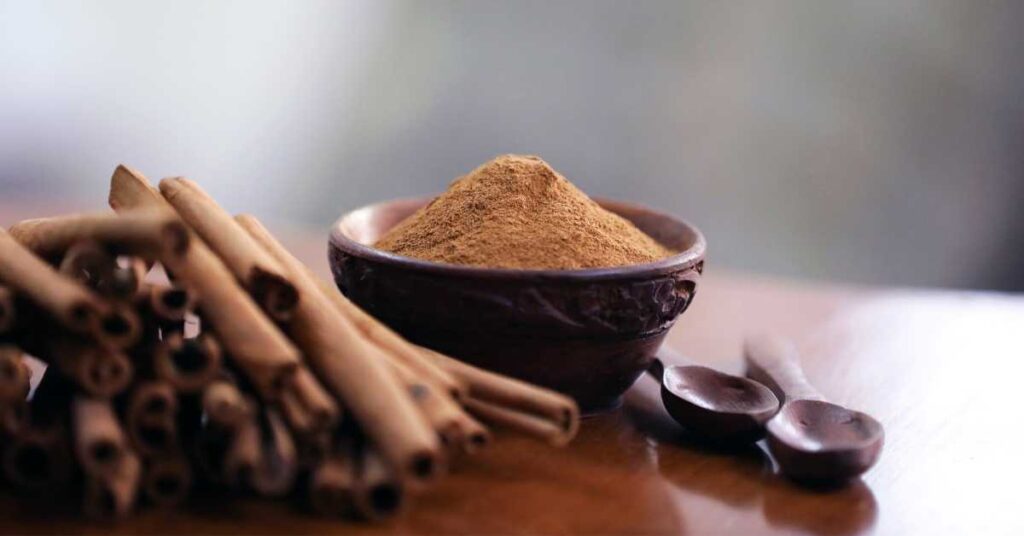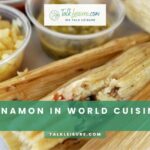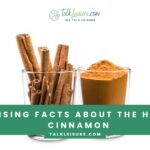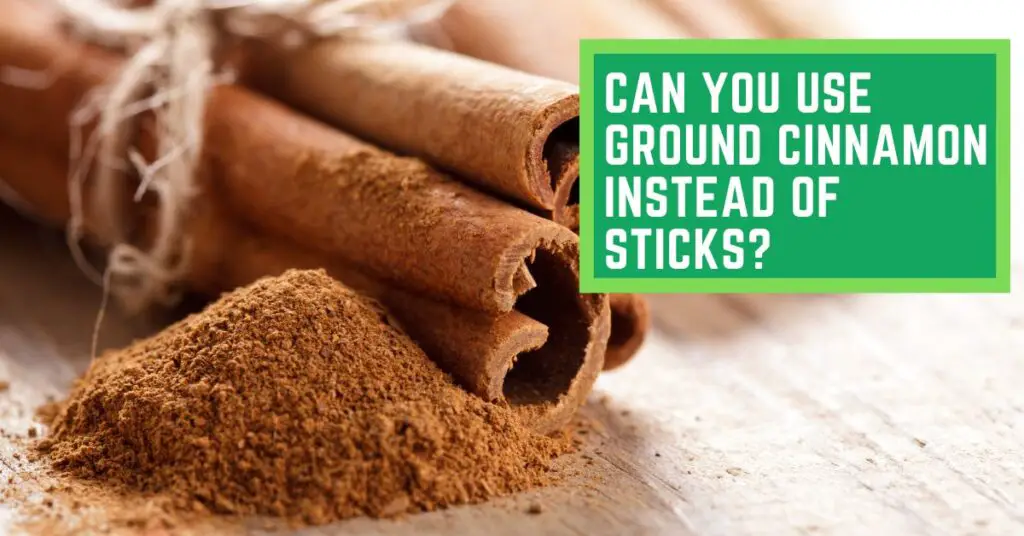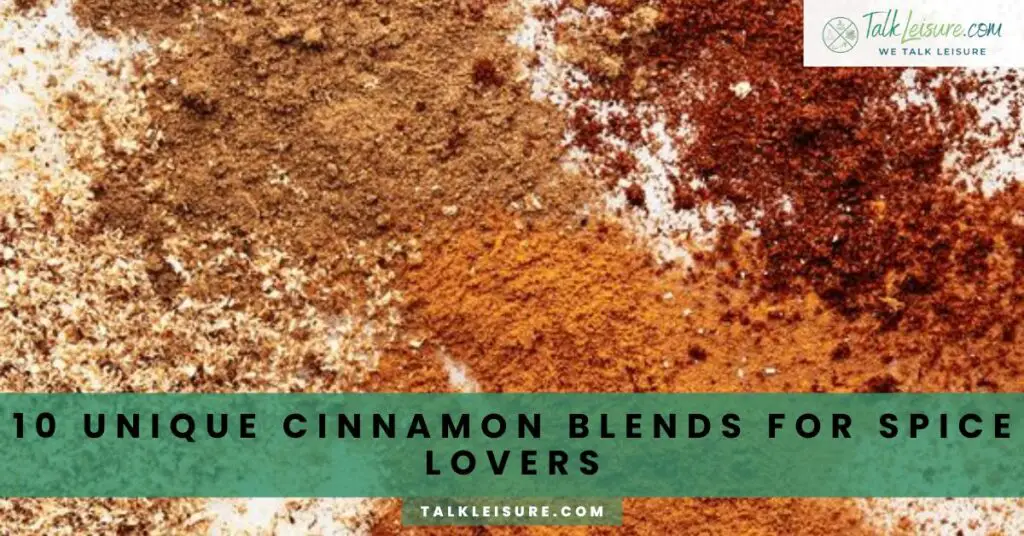Cinnamon is a spice that has been used for centuries in both sweet and savory dishes. It is made from the inner bark of the cinnamon tree, which is native to Sri Lanka, India, and Bangladesh. Cinnamon can be harvested from these trees at any time of year, but the best time to harvest cinnamon is in the spring, when the weather is warm and dry. The harvesting process begins by stripping the bark from the tree trunk. The inner bark is then cut into thin strips, which are then dried in the sun. Once dried, the strips of cinnamon bark are rolled into sticks or ground into powder. Cinnamon sticks can be used whole or broken into smaller pieces, while cinnamon powder can be used to add flavor and aroma to food. Harvesting cinnamon is a simple process that anyone can do with a little patience and some basic tools. And with a little care, your cinnamon will stay fresh and tasty for months to come.
The answer is yes, cinnamon trees are cut down when the bark is harvested. However, new shoots quickly grow from the stump, and many farmers practice sustainable harvesting by only taking a few strips of bark from each tree. This allows the tree to continue growing and producing cinnamon for many years to come.
How long does it take to grow cinnamon again after harvesting?
It takes two to three years for a cinnamon tree to mature enough to be harvested again. However, some farmers practice sustainable harvesting by only taking a few strips of bark from each tree. This allows the tree to continue growing and producing cinnamon for many years to come.
How is cinnamon harvested?
Cinnamon is harvested from the inner bark of certain trees in the genus Cinnamomum. The bark is first stripped from the tree, and then the inner bark is harvested. This process is typically done by hand, as it requires a great deal of precision to avoid damaging the tree. Once the inner bark is harvested, it is then dried and rolled into cinnamon sticks. These sticks can be ground into powder or used whole to flavor food and beverages. Cinnamon has a long history of use in traditional medicine, and recent studies have shown that it has antimicrobial and anti-inflammatory properties. As a result, cinnamon is increasingly being used as a natural remedy for a variety of health conditions.
Cinnamon harvesting sustainability
Harvesting cinnamon sustainably is an important issue for many growers and producers. There are a number of ways to ensure that cinnamon is harvested sustainably, and each method has its own advantages and disadvantages. One way to sustainably harvest cinnamon is to only harvest the bark from certain trees. This ensures that the tree can continue to grow and produce new bark, and it also allows for a higher yield of cinnamon per tree. However, this method requires careful management and often results in lower-quality cinnamon. Another way to sustainably harvest cinnamon is to replant cinnamon trees after each harvest. This ensures that there is a constant supply of new trees, which helps to offset the impact of harvesting on the environment. However, replanting can be expensive, and it may not be feasible for all growers. Ultimately, the best way to sustainably harvest cinnamon will vary depending on the resources and needs of the grower or producer.
Sustainable harvesting practices
There are a number of ways to harvest cinnamon sustainably. One way is to only harvest the bark from certain trees, which allows the tree to continue to grow and produce new bark.
Another way is to replant cinnamon trees after each harvest, which helps to offset the impact of harvesting on the environment. Ultimately, the best way to sustainably harvest cinnamon will vary depending on the resources and needs of the grower or producer.
Cinnamon tree farming
Cinnamon tree farming is an important part of sustainable cinnamon production. Cinnamon trees are typically grown in areas with a tropical climate, such as Sri Lanka, India, and Bangladesh. Farmers in these regions typically use traditional methods of cultivation, such as using natural fertilizers and crop rotations. Cinnamon tree farming is a labor-intensive process, and it can take up to three years for a new tree to produce bark that can be harvested. However, with proper care and management, a cinnamon tree can produce bark for many years.
The benefits of sustainable cinnamon harvesting
There are a number of benefits to sustainable cinnamon harvesting. One benefit is that it helps to protect the environment. Cinnamon trees are typically grown in areas with a tropical climate, and the loss of these trees can have a significant impact on the local ecosystem. By sustainably harvesting cinnamon, we can help to preserve these ecosystems.
Another benefit of sustainable cinnamon harvesting is that it ensures a constant supply of cinnamon. When farmers replant cinnamon trees after each harvest, they help to ensure that there will be a continuous supply of new trees. This helps to prevent shortages of cinnamon, and it also helps to keep prices stable.
Finally, sustainable cinnamon harvesting practices help to create jobs and improve the economy in Cinnamon-growing regions. By investing in sustainable harvesting practices, farmers and producers can help to create jobs and improve the standard of living in these regions.
Cinnamon production
Cinnamon is a popular spice made from the inner bark of certain trees in the genus Cinnamomum. The bark is dried and then rolled into sticks or ground into powder. Cinnamon has a warm, sweet flavor and is used in baked goods, candy, and savory dishes. It can also be used to make cinnamon essential oil, which has a variety of uses in aromatherapy and traditional medicine.
Cinnamon production typically occurs in tropical countries like Sri Lanka, Indonesia, and India. The bark of the cinnamon tree is harvested by stripping it off the tree trunk with a knife. The bark is then soaked in water for several hours before it is dried in the sun or by artificial heat. Once dry, the bark is rolled into cinnamon sticks or ground into powder. Cinnamon sticks can be stored for up to two years, while ground cinnamon should be used within six months for optimum flavor.
Conclusion
Cinnamon is a popular spice that has many culinary and medicinal uses. Cinnamon production is an important industry in many tropical countries, and sustainable cinnamon harvesting is essential to preserving the environment and ensuring a constant supply of cinnamon. There are a number of ways to sustainably harvest cinnamon, and the best method will vary depending on the needs of the grower or producer. Ultimately, sustainable cinnamon harvesting practices help to protect the environment, improve the economy, and ensure a continuous supply of this valuable spice.
FAQS
Does harvesting cinnamon kill the tree?
No, harvesting cinnamon does not kill the tree. In fact, cinnamon is harvested by removing the outer bark of the tree, known as the cinnamon bark or quill. The tree’s bark is carefully peeled away, allowing the inner bark to be used for cinnamon production. The tree’s cambium layer, which is responsible for the tree’s growth, remains unaffected during the harvesting process. So, the tree can continue to grow and regenerate its bark without any harm.
How is cinnamon harvested from a tree?
Cinnamon is harvested by carefully removing the bark from the tree. The outer bark is peeled away in thin strips, leaving behind the inner bark, which contains the cinnamon layer. This inner bark is then dried and rolled into cinnamon sticks or ground into cinnamon powder, which is commonly used in cooking and baking.
What is the difference between cinnamon and cassia?
Cinnamon and cassia are both varieties of cinnamon, but there are some differences between them. Cinnamon, also known as Ceylon cinnamon or true cinnamon, comes from the Cinnamomum verum tree. It has a sweeter and more delicate flavor compared to cassia. Cassia, on the other hand, comes from several varieties of the Cinnamomum tree and is often referred to as “cassia cinnamon.” It has a stronger and more intense flavor.
Can cinnamon be harvested without harming the tree?
Yes, cinnamon can be harvested without harming the tree. The outer bark, or cinnamon bark, is carefully peeled away, while the inner bark and cambium layer remain untouched. This ensures that the tree can continue to grow and regenerate its bark for future harvests, making cinnamon harvesting a sustainable practice.
How do cinnamon trees grow?
Cinnamon trees grow by producing new layers of bark over time. These trees are typically cultivated in tropical regions and require specific growing conditions, including optimal temperatures and well-drained soil. With proper care and cultivation, cinnamon trees can grow and thrive, providing a sustainable source of cinnamon.

